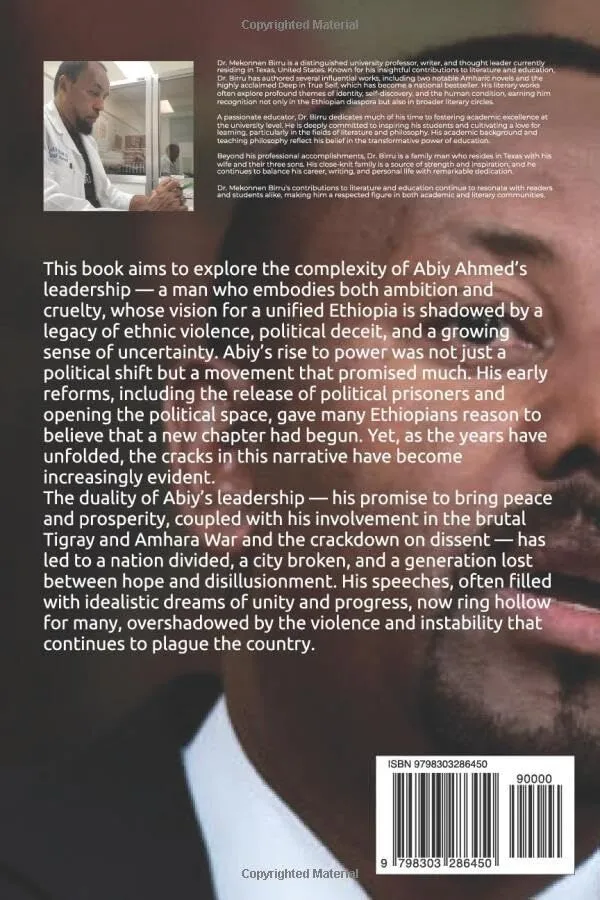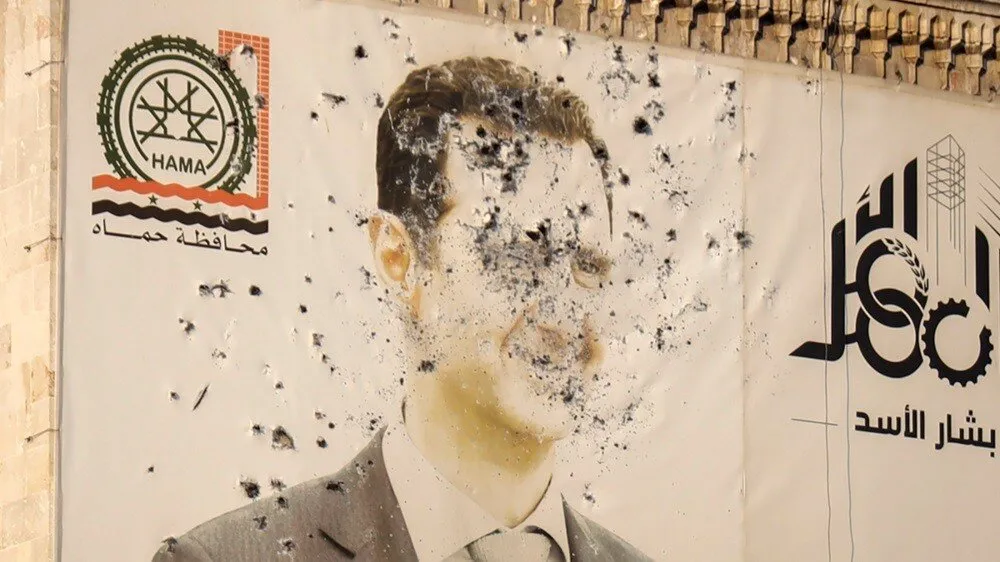By Samuel Getachew
Addis Ababa is experiencing a radical change in its stubborn determination to become an international city. What was once a sleepy city full of shanty neighborhoods dotted with a few modern buildings and apartment blocks, is now an energetic destination (). The determination to help make it a modern African hub favored, by both foreign and Ethiopian investors, is reflected in the city’s journey.
Nonetheless, what is irregular in most cities in the world remains standard practice in Ethiopia. These practices taint the country’s image and it is beginning to be noticed around the world. For the city celebrating its 125th anniversary, development and transformation plans need to consider adding another aspect to its agenda of a cleaner and healthier city life; more green spaces scattered around the city.
Unless these become a central part of the city’s agenda, Addis will continue to be regarded as a city full of charity organizations, with lofty goals but limited implementation of policies that contribute to the lives of its roughly four million people .As such, investors will go elsewhere and continue to view Ethiopia out of pity instead of seeing the multitude of opportunities that exist throughout the country.
Despite all of the positive changes that have taken place in Addis Ababa, there is still a shameful lack of sanitation facilities such as washrooms available to the public. For instance, in Addis, using an open space to urinate is as normal as smoking a cigarette in most other cities.
Like the constructions that are changing the realities of the city and the country from the surface, unless these aspects of Addis begin to change, Ethiopia will continue to be seen an ancient city that blinked when faced with ample opportunities to forever change for the better. On the road to the great renaissance of the country, it seems, as in many other places that are experiencing similar rapid change that the gap between rich and poor is also growing at an alarming rate.
Beyond the comfort of Bole, which I frequent, I recently decided to take a tour of the city in its entirely on foot . Since I have been away from Ethiopia for so long, many things have changed yet much has stayed the same. I left as an adolescent and returned as an adult. In reflection of the many years I had spent in Cathedral Naty Vity School, I made a rare morning visit.
It’s 8 AM and the school is just as busy as I remembered it. Even though it had been decades since I had been a student, it seemed that nothing had changed. That was the old days when a single soda water was 35 cents; now it is 6 Birr.
Feeling out of place, I head straight to the Churchill Godana and head south. The buildings are indeed impressive yet the poverty reflects what I often see in TV commercials in Toronto. Young and old, men and women are everywhere, begging.
It seemed the most expensive cars are driven with NGO plates and I reflected what they really do in Ethiopia if only to serve a short term goal and long term unknown agenda. The Chinese are everywhere and there are few white foreigners.
The beggars would often follow the white faces while the Chinese are totally ignored.
Absolutely all the cafes are full of customers and it’s just passed 8AM. I pass Lycee Gebremariam, a private school I used to envy as a youth, and approach Tikur Anbessa. There is a crowd, thousands of young adolescent faces. I wonder what’s happening and I enquire what the lineup is for.
A young lady tells me they are all there applying for passports, with the hope of working in the Middle East as domestic workers. I ask her how much she had paid the agent that was nearby for the privilege. She ignores me as her agent approaches her and tells her to shut up and not answer anymore. She obliges.
Then all of a sudden, it seems, everyone refuses to talk to me. I head straight home on foot, passed hundreds of beggars, expensive cars and construction buildings. In the long road to home, there is no green space, nor public washrooms. I witness many using public streets to urinate.
However, in my head, I kept wondering what the future of the young girl would be and how much she had paid the agent to secure a nightmare-like dream of working in the Middle East. Would she be a victim of abuse like many other Ethiopian domestic workers abroad, some of whom have lost their lives in places like Lebanon?
Unless Ethiopia begins to enquire about these young citizens and their future, no big buildings or mega constructions will compensate for the skewed ‘development’ that is being felt all over the country. Also, at a minimum, public washrooms and green spaces should be the norm of Addis Ababa. If not, the advancement of our city, as well as country, will continue to be minimal.
**
Samuel Getachew is an activist based in Toronto. He is also a regular contributor to Huffington Post, Tzta (an Ethiopian Canadian paper), Diversity Magazine and Generation Next (a South Asian publication).















